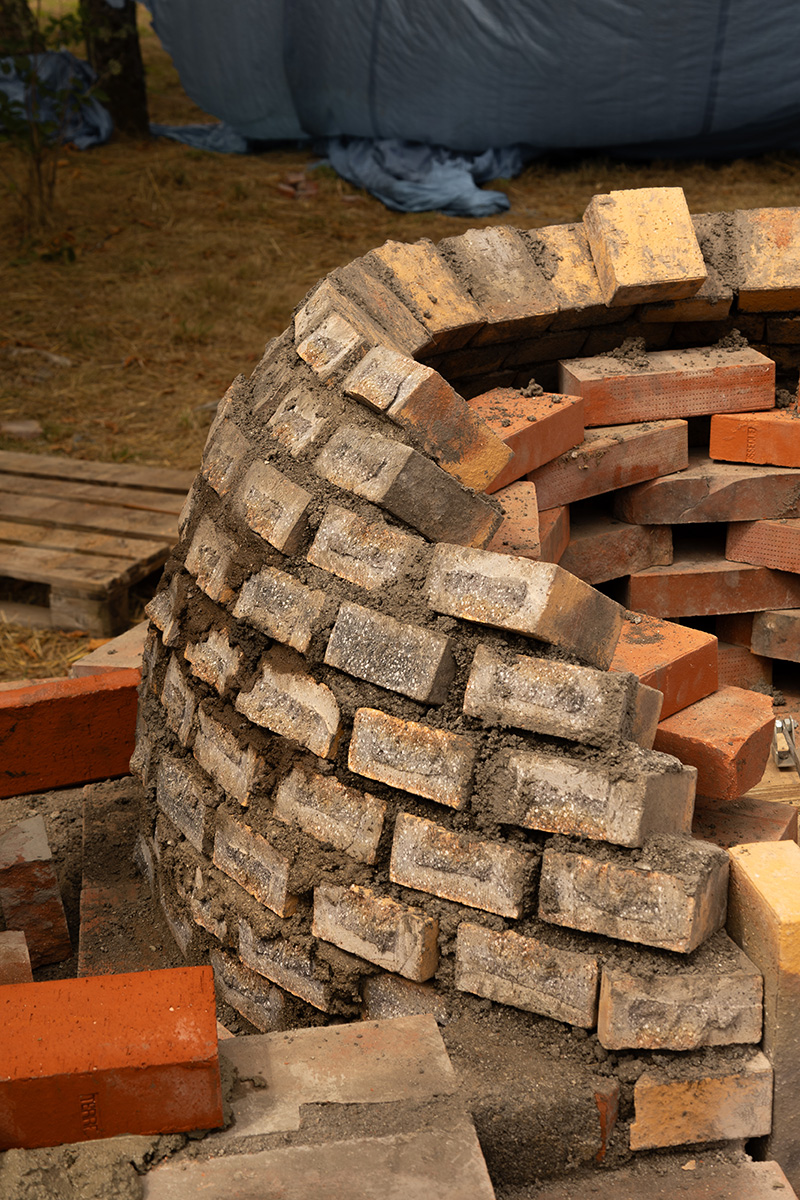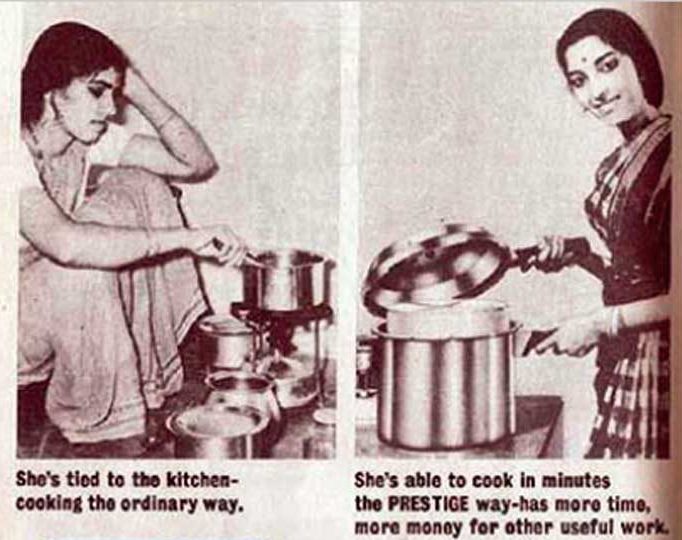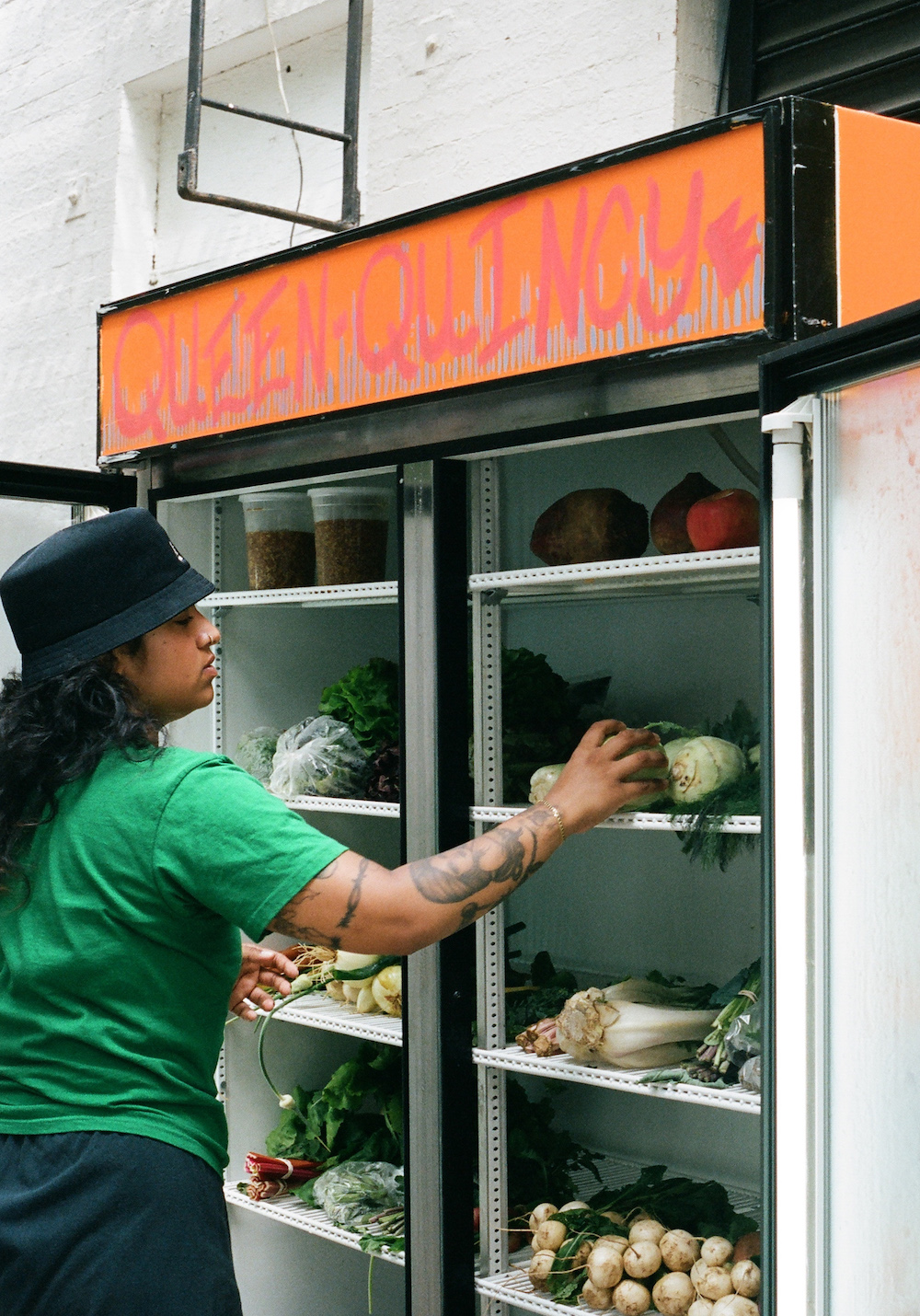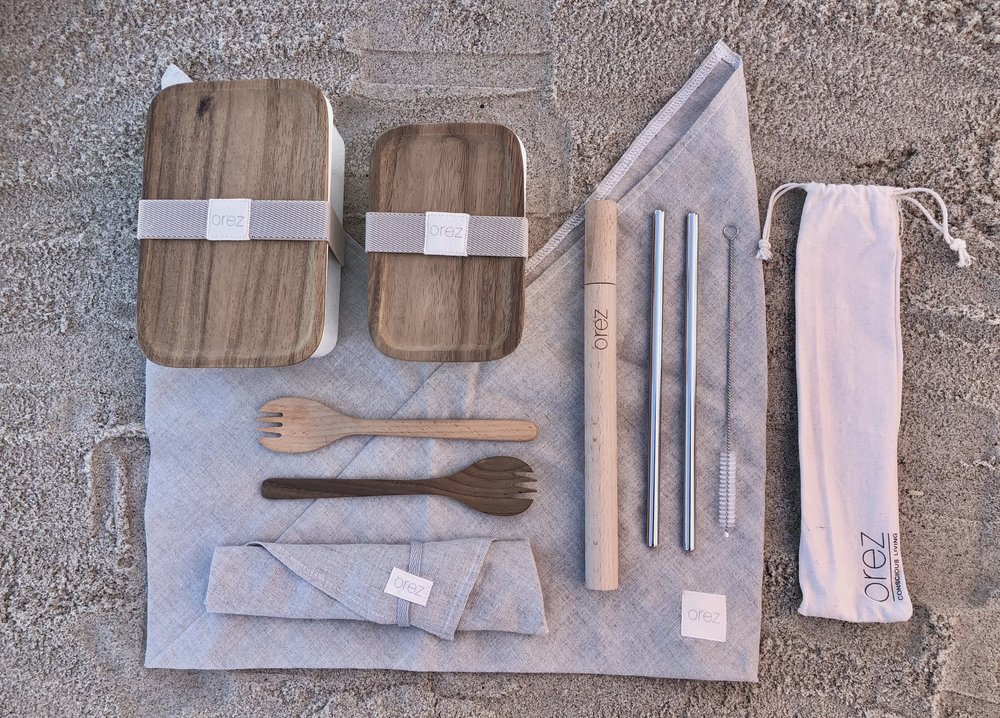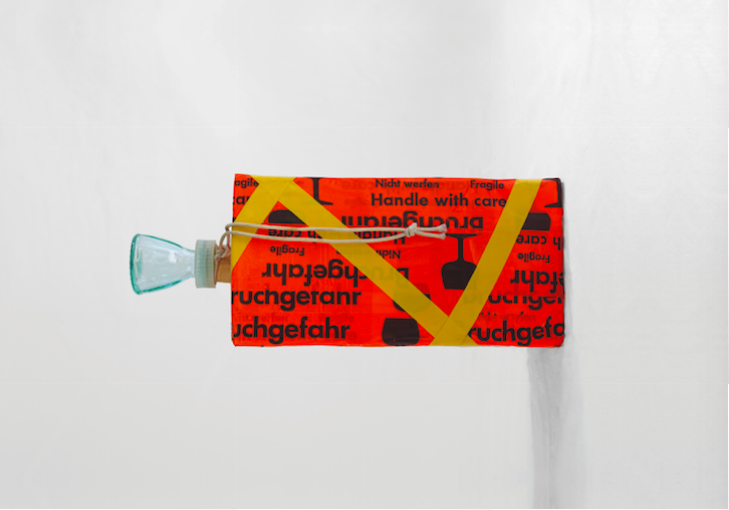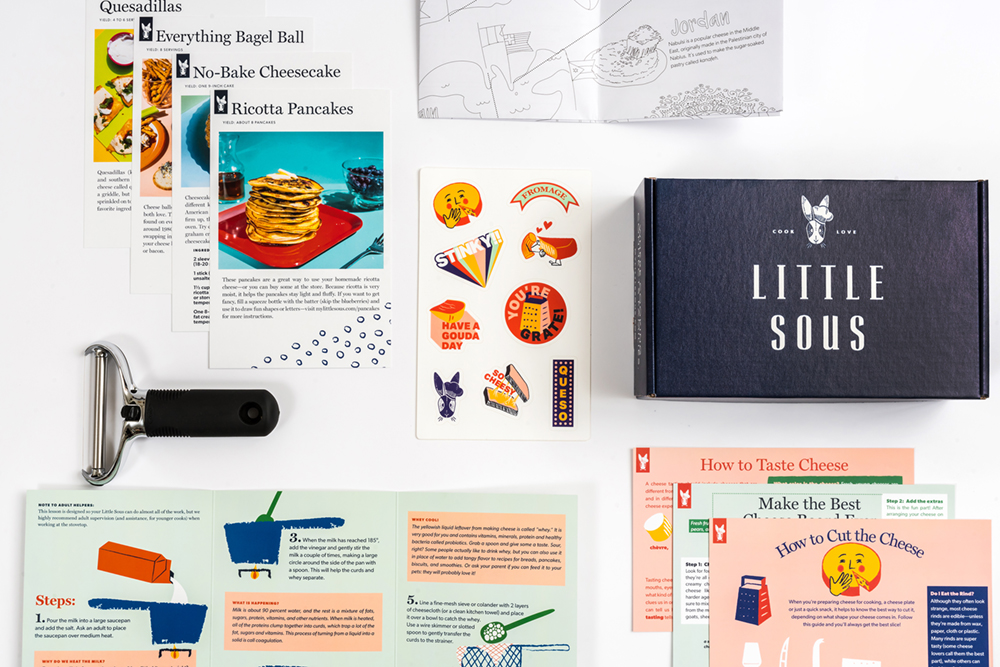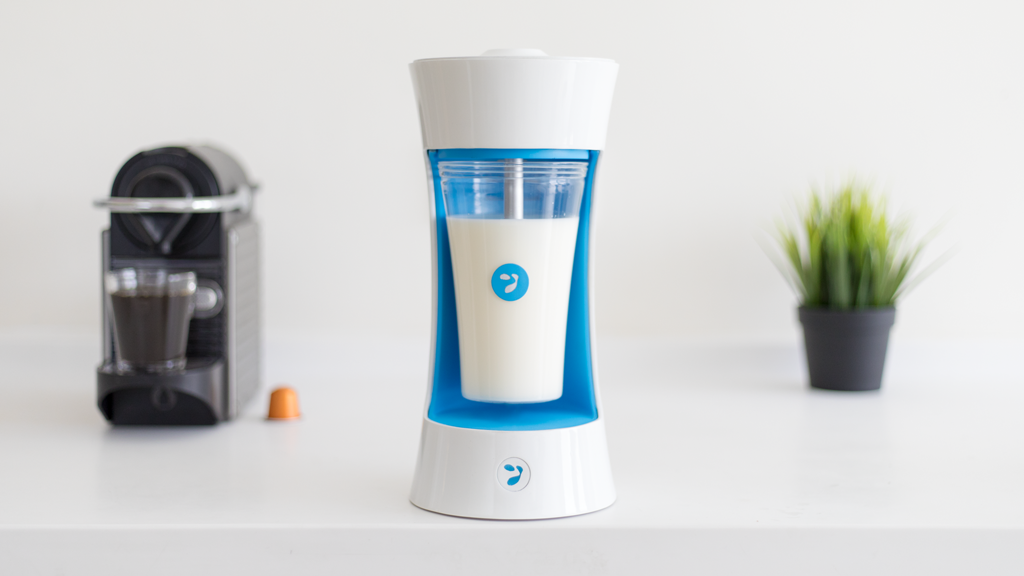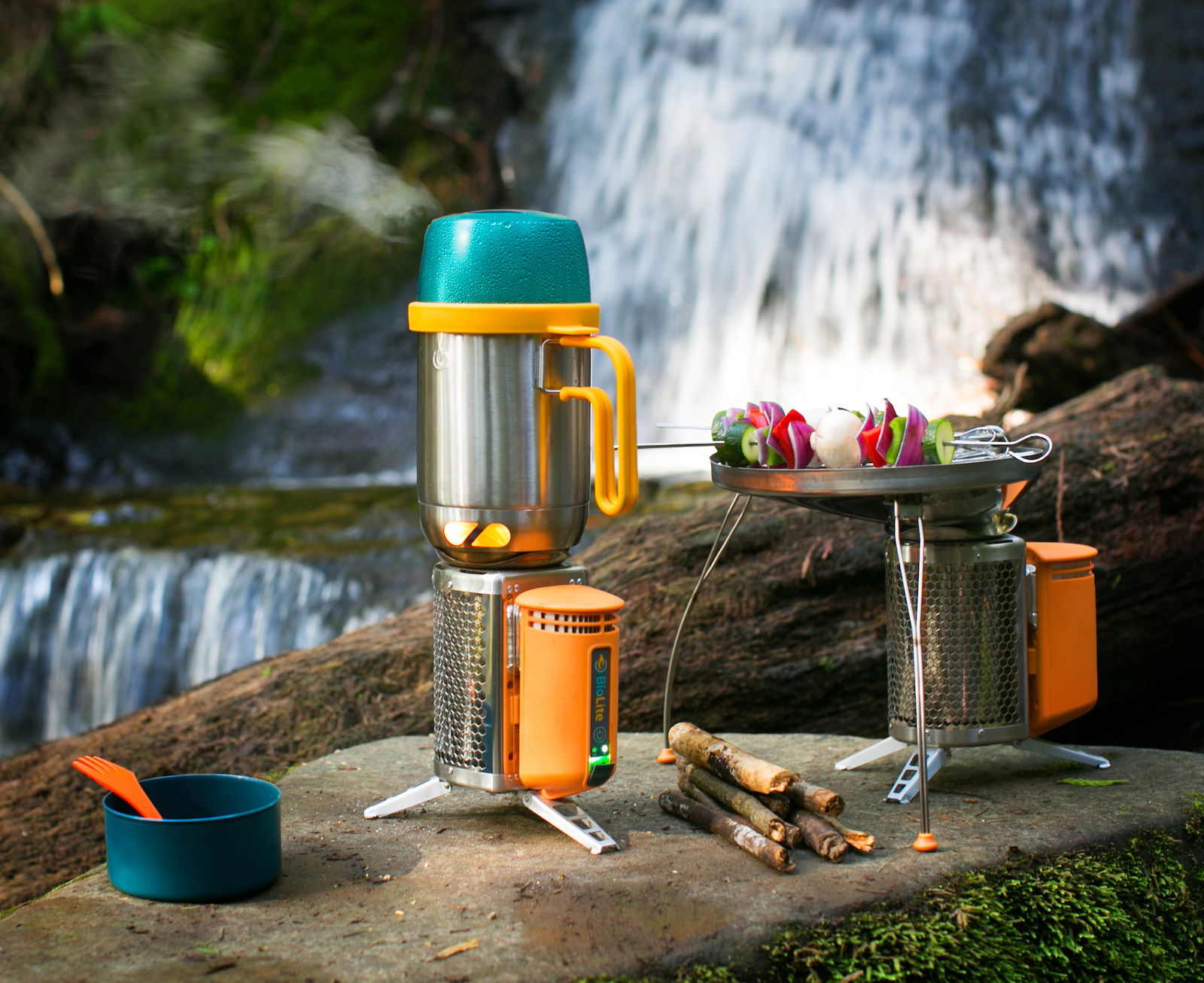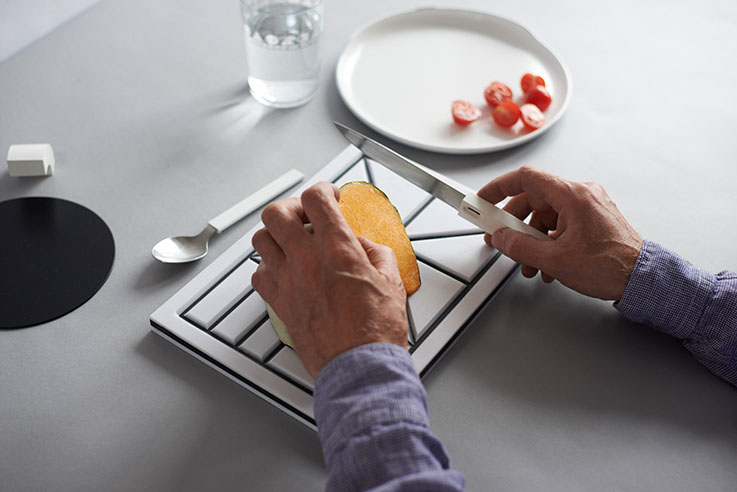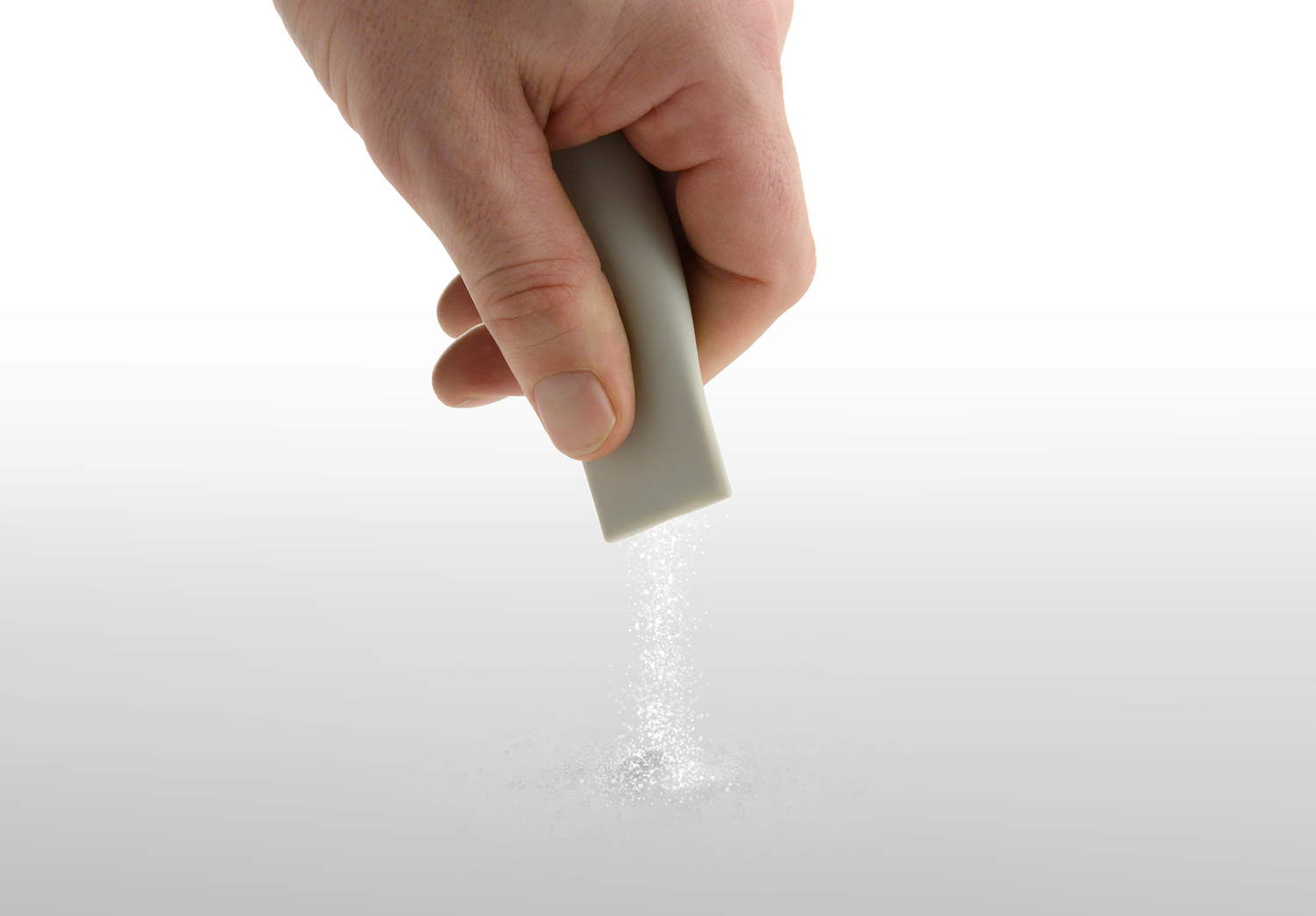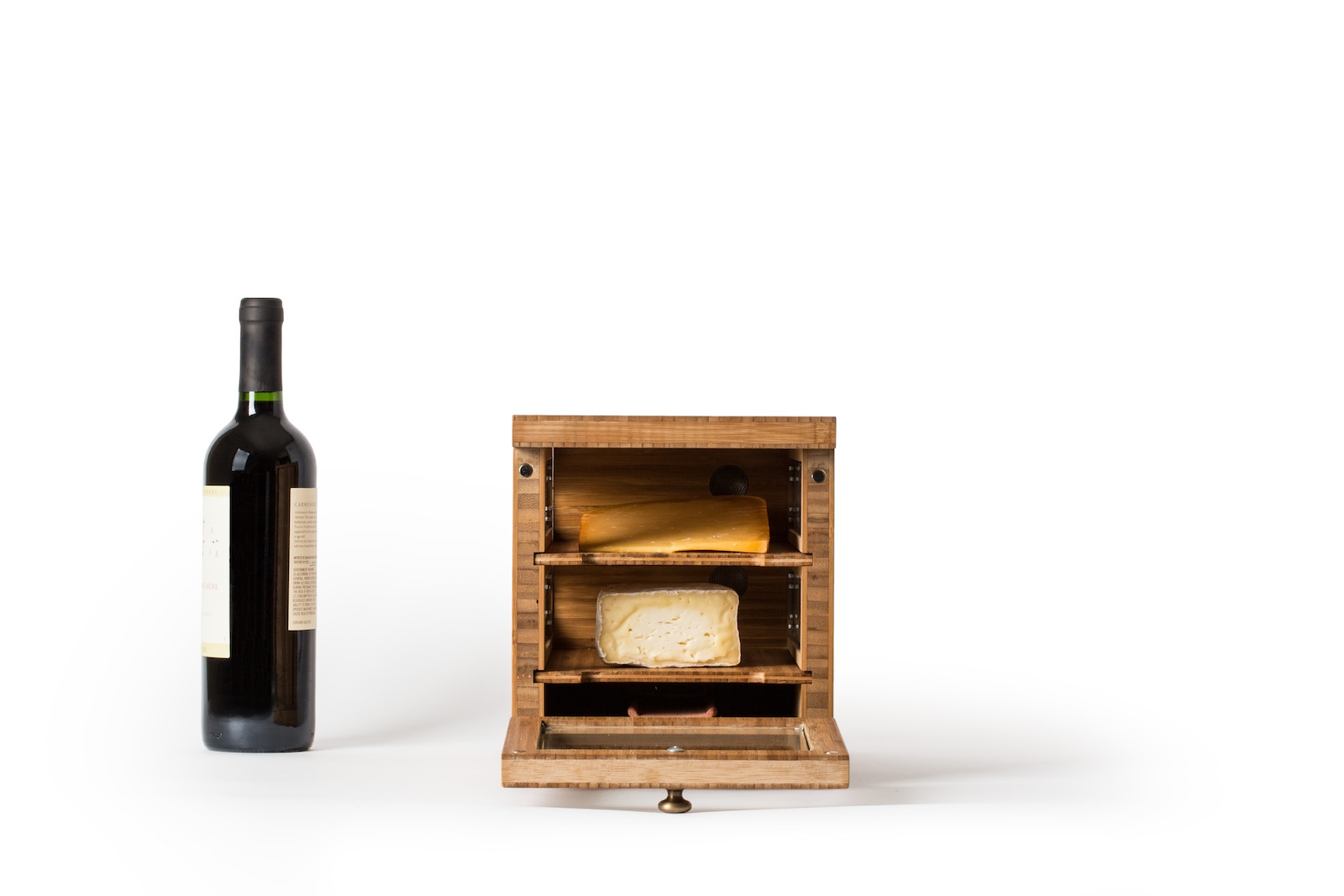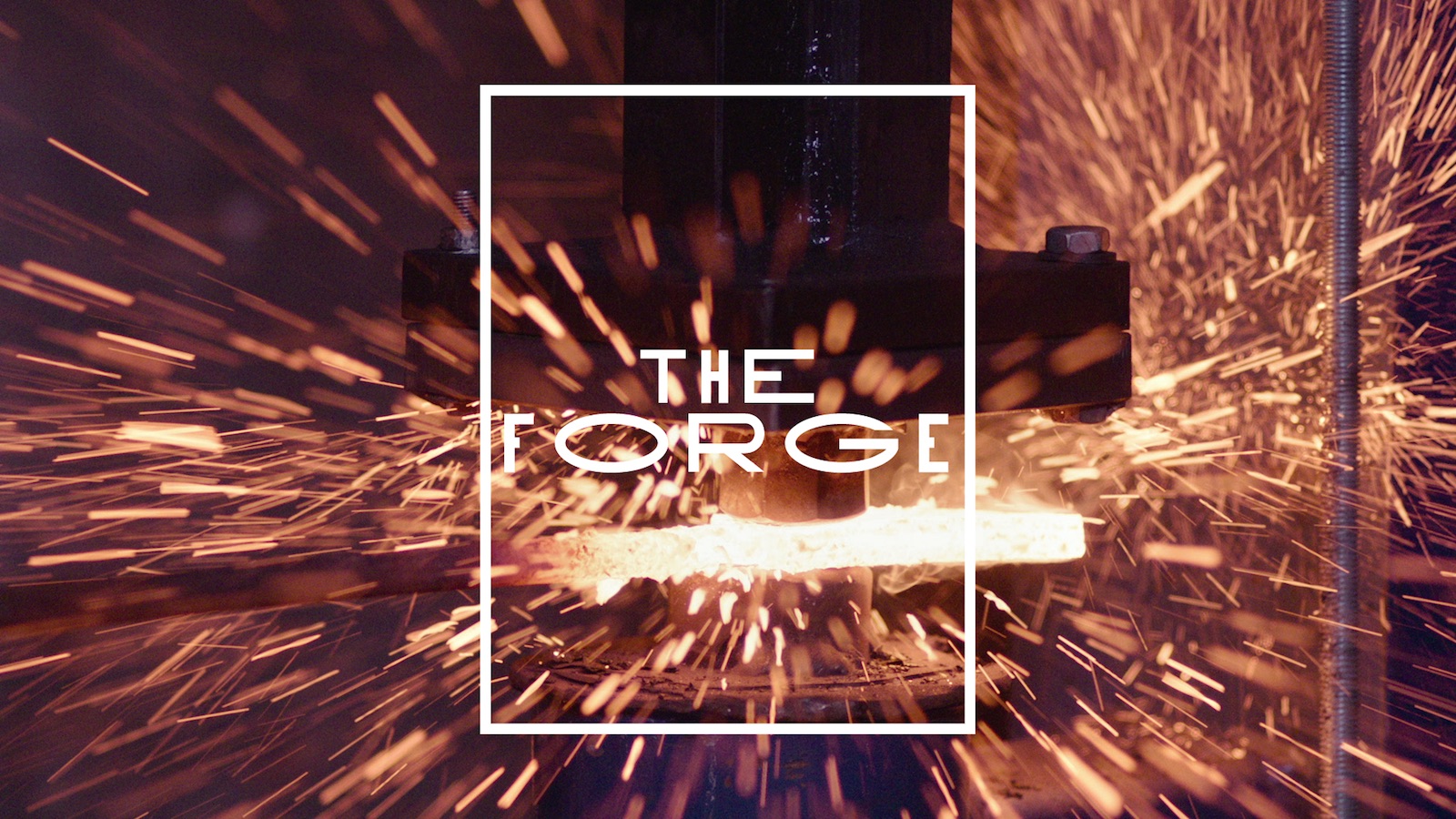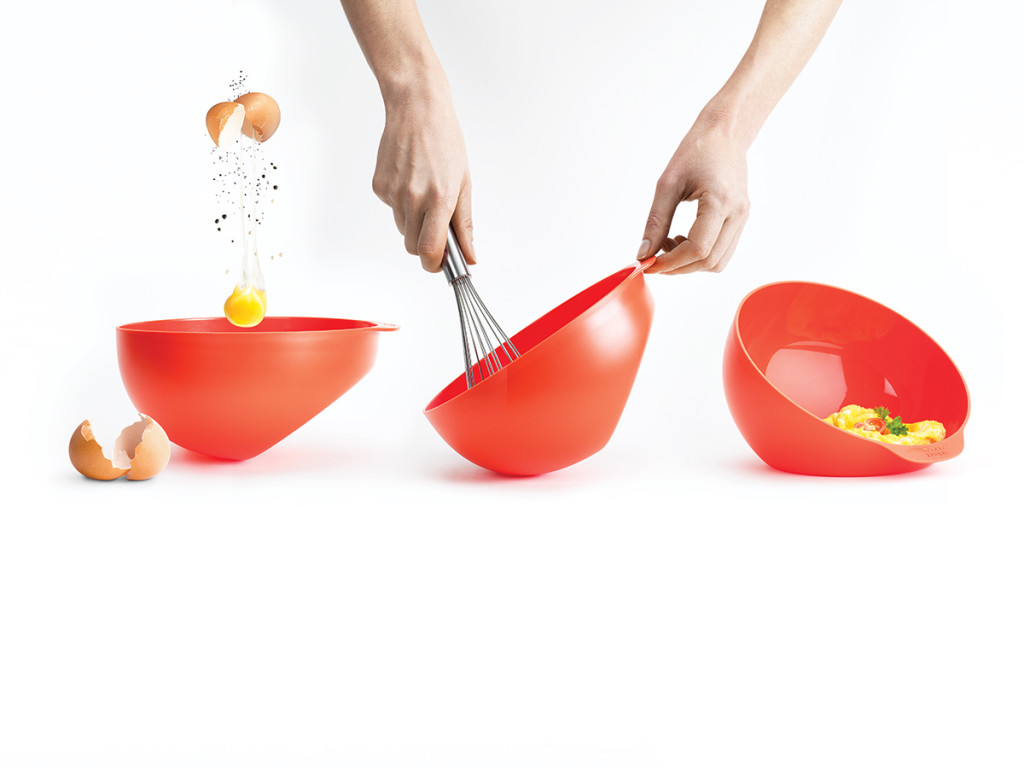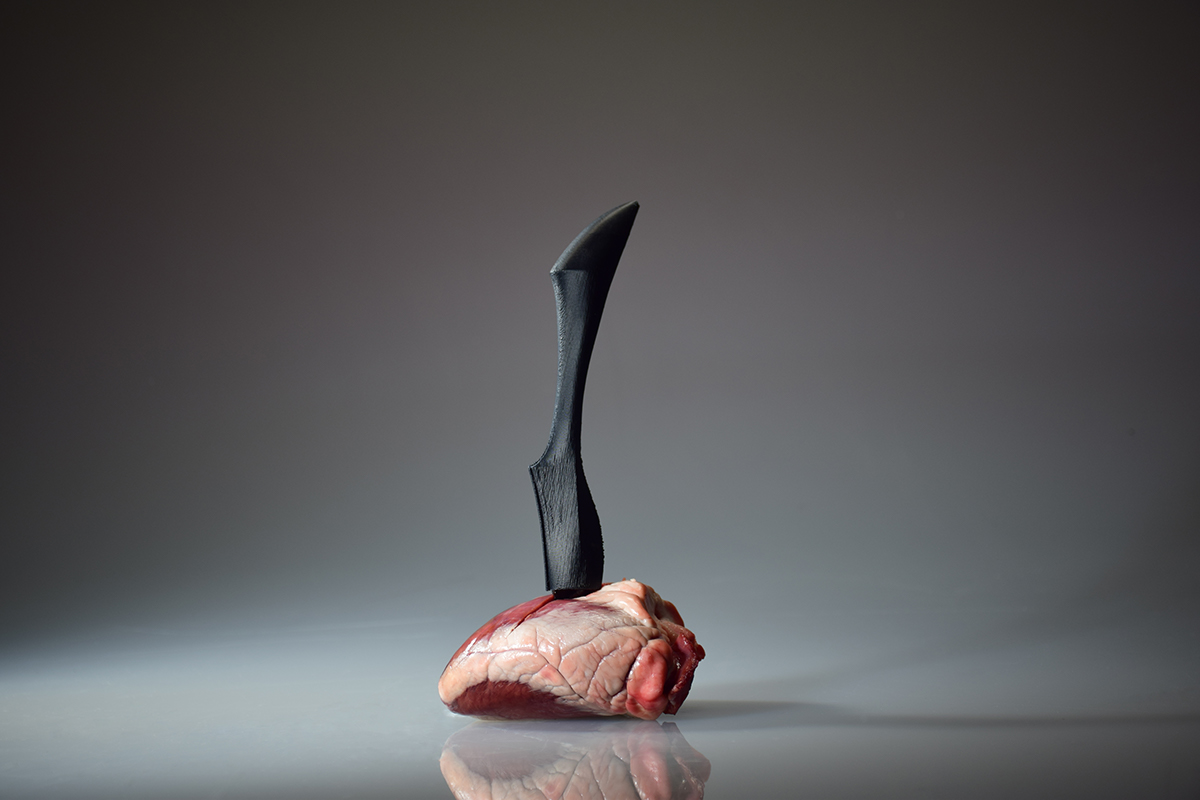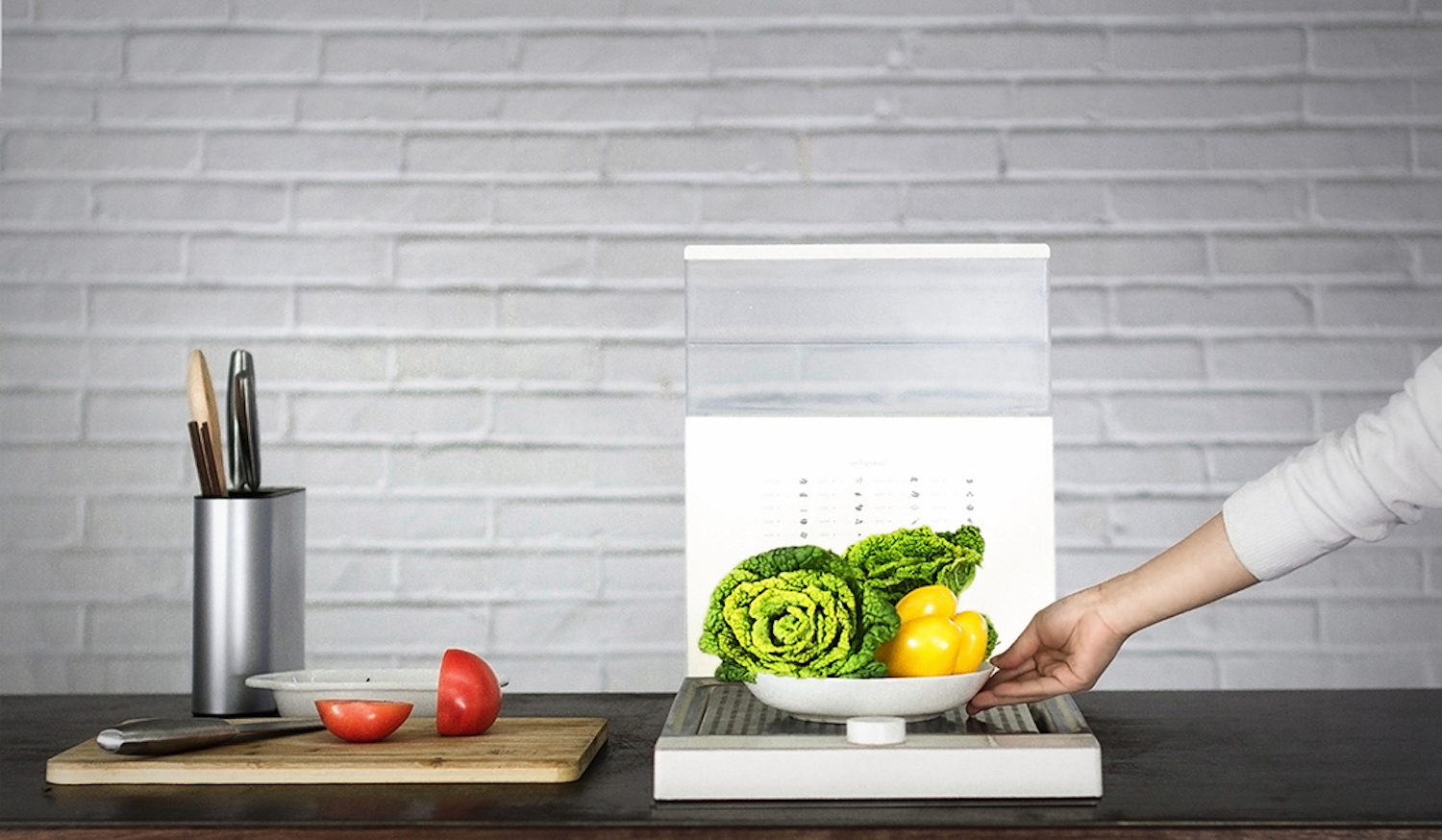Bringing more ecological processes for cooking into the kitchen is an urgent pursuit for designers and chefs alike. While there are many techniques formed across history and cultures that can provide more energy-conscious alternatives to the array of modern cooking devices that rely so heavily on electricity and other fuels—figuring how those processes might best fit into the modern kitchen space is its own challenge.
This was in part, the intention of designer, ceramicist, and mycologist Noemi Niederhauser’s Zymurgy_XXX. On exhibition now at Dutch Design Week in Eindhoven, the project offers a set of cooking tools that require neither fuel nor electricity to operate. Maximizing on the properties inherent to ceramics, the set offers three vessels: a fermentation crock, a refrigerator, and a vinegar crock all contained within uniformed ceramic chambers that could comfortably fit in a home kitchen.

“My aim was to design a set of tools that could become part of our daily life and cooking habits.” says Niederhauser. “I am referring to some traditional jar shapes, taking out the unnecessary elements and keeping the minimal detail for them to function. In this case it is really a matter of form follows function.” The form of the Zymurgy crocks are designed to fit the vernacular of the modern kitchen, but their glazing bear the markings of the biochemical processes contained therein.
In an intensive study of how bacteria, minerals, clay, and the various materials involved in the ceramic processes, Niederhauser let an array of organic reactions play out over the ceramic, sampling the effects hundreds of times. “I let various minerals, yeast and liquids grow over my objects at different speeds. It is a way to set a frame and let organisms do their jobs.” said Niederhauser. The materials were exposed to various agents with the aim that the outer glazing of the crocks would reflect the processes going on the inside, rendering these gradual, and otherwise invisible processes—visible.


The design concept is centered around the yeast-driven process of fermentation, the name Zymurgy coming from the Greek for, “the workings of fermentation.” The Zymurgy_fermentation crock is sealed with water to keep out oxygen, and set with stones to keep the contents at the bottom of the jar where they can effectively ferment. Zymurgy_vinegar is filled with excess wine contents, and implements a pipette that can be used to extract fermented vinegar. Zymurgy_fridge, uses water and the ceramic material to naturally cool the contents through an evaporative process without the use of electricity. The processes on the inside are ancient, but with Zymurgy become easily accessible.

“Looking backwards to know-how already existing can give us relevant keys for our immediate present” says Niederhauser. As so many modern modes of food preparation are energy intensive, and often with inefficiently designed solutions—there is an immediate need for accessible alternatives that can still provide nutritious food. For Niederhauser, having Zymurgy on exhibition at Dutch Design Week will hopefully bring attention to designers that there are “ways to transform nutrients that are not necessarily complicated, and that could become part of our daily habit of producing food, with minimal environmental impact.”
